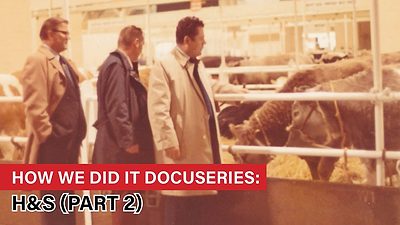Agriculture — and the ag equipment industry — is no stranger to change. For instance, 60-70 years ago the price of a new tractor cost $1,855-$4,850, according to the Assn. of Equipment Manufacturers. Today, a similar sized tractor could easily cost 10 times that range.
According to research conducted by Clutch for AEM, “Farming is becoming more and more localized. It used to be that every farm field was viewed as the same, but now many farmers divide fields up into different sections. As a result, identifying and implementing universal solutions is proving increasingly difficult. In addition, the research found a number of factors will play a significant role in how farming will continue to evolve, including different geographic pressures, legislation, urban sprawl and water.”
The way farmers do business and run their operation isn’t the only thing changing. The equipment itself is evolving. According to the IDTechEx report, “Electric Vehicles and Robotics in Agriculture 2020-2030,” electrical vehicles and robotics will represent a $50 billion market in the next 10 years. In November 2017, Ag Equipment Intelligence reported on steps some OEMs were taking in developing electric-powered tractors. The Fendt e100 Vario from AGCO was reported to be available in limited numbers starting in 2018. AGCO called it a practical, all-electric compact tractor with 50 kW power output, which can operate for up to 5 hours under actual operating conditions. The battery can be recharged up to 80% in just 40 minutes. In addition, energy can be recovered thanks to the use of an electric motor.
In 2017, Deere introduced a prototype of its SESAM (Sustainable Energy Supply for Agricultural Machinery) all-electric tractor during the SIMA show in Paris. The prototype produces 130 kW (174 horsepower) of continuous power and is based on the 6R Series tractor chassis, using an adapted DirectDrive stepless transmission, with a speed range from 3-50 kph (2-30 mph) at full power.
The tractor is emission-free and develops high torque at low speeds and a maximum output of around 400 horsepower. Back then, Deere said it was at least 4-5 years away from commercial production.
As customers change and the technology and equipment changes, dealers will be put to the test in how the adapt and evolve along the way. What follows is just a glimpse of what that future may have in store.
How Will Ag Do Business in 2030?
Defining Dealer-Customer Relationships of the Future with Dollars & Sense
Dare to Dream: How Might Dealer Facilities Evolve by 2030
How to Innovate Your Dealership Through a Changing Market
Young Growers Expect High Levels of Customer Service from Dealers







Post a comment
Report Abusive Comment